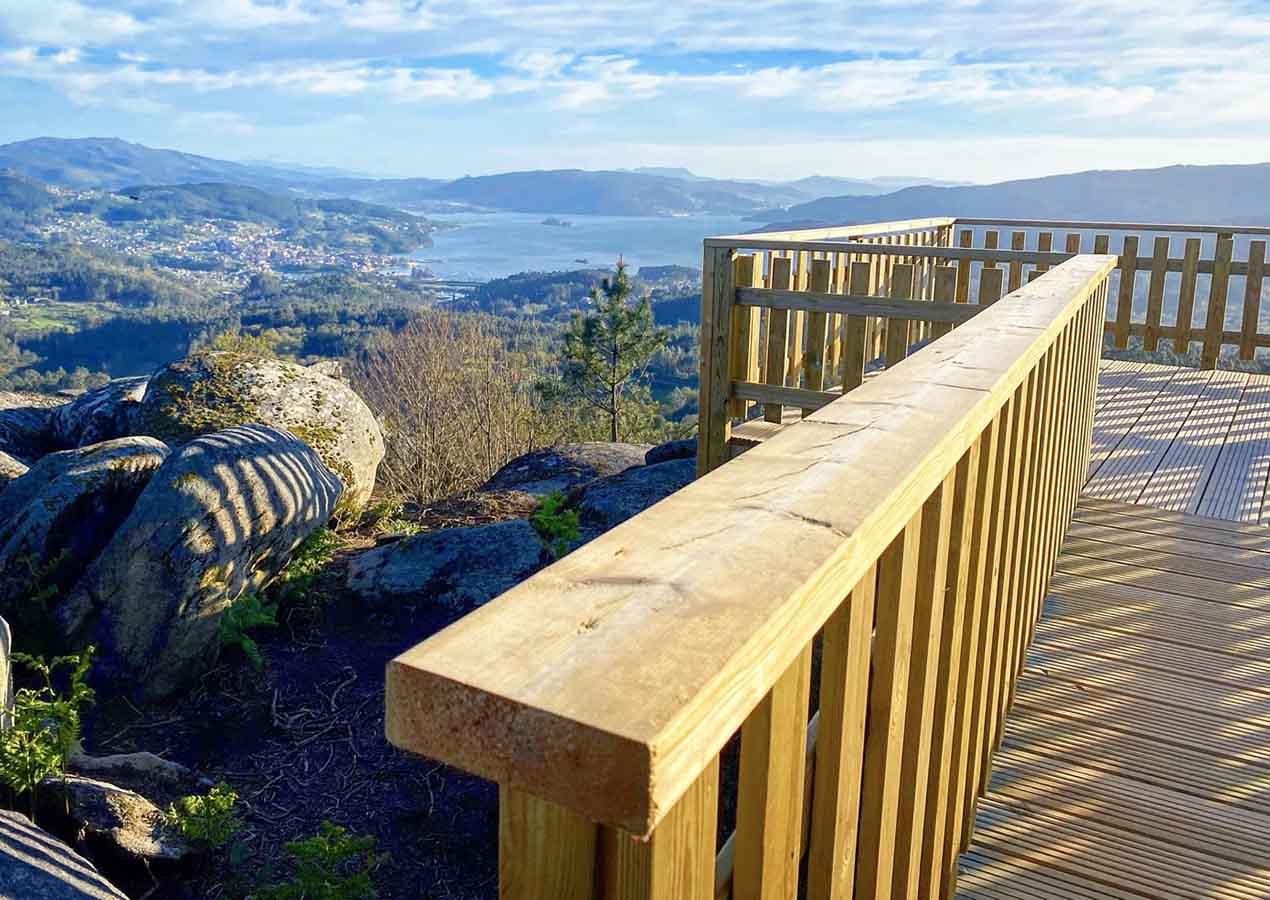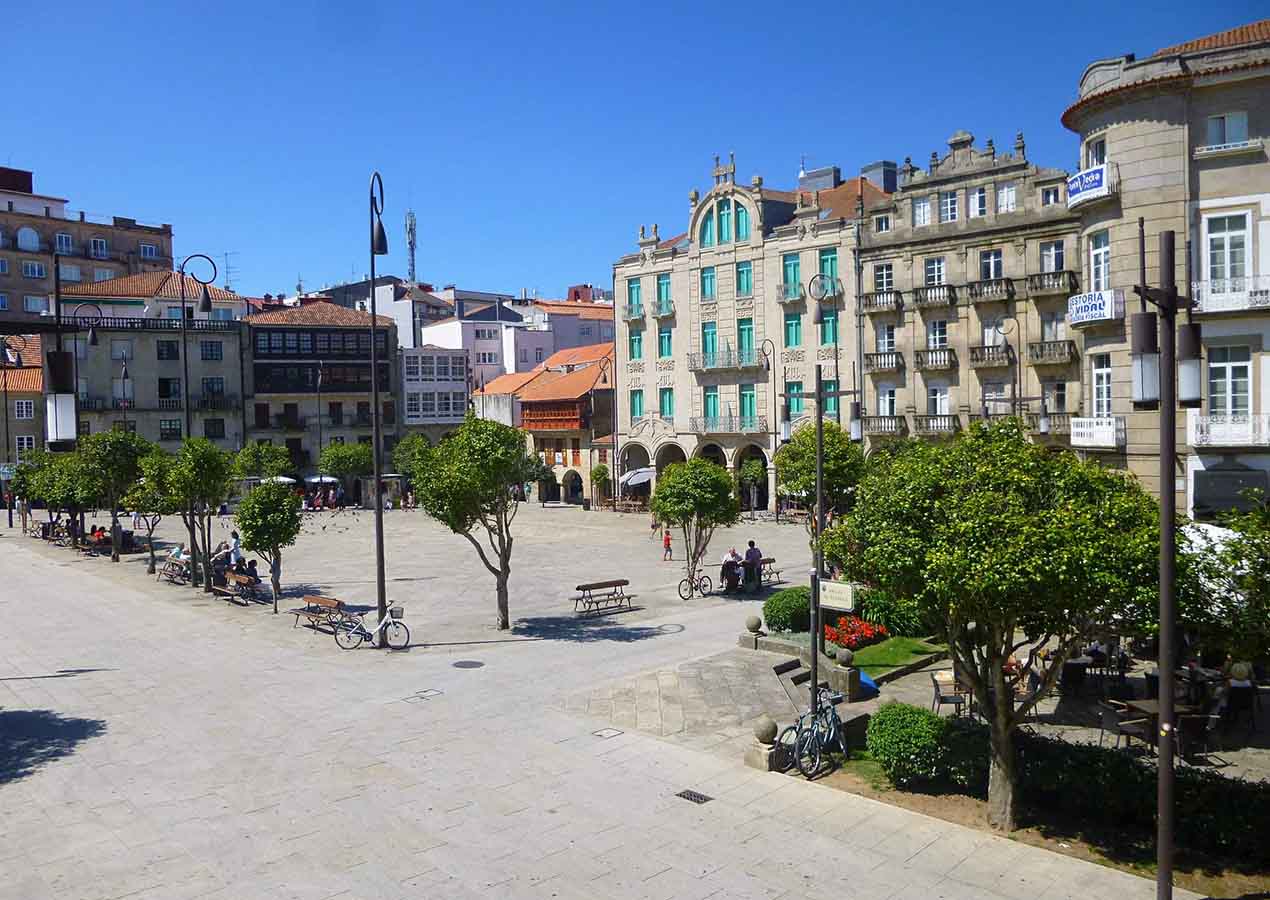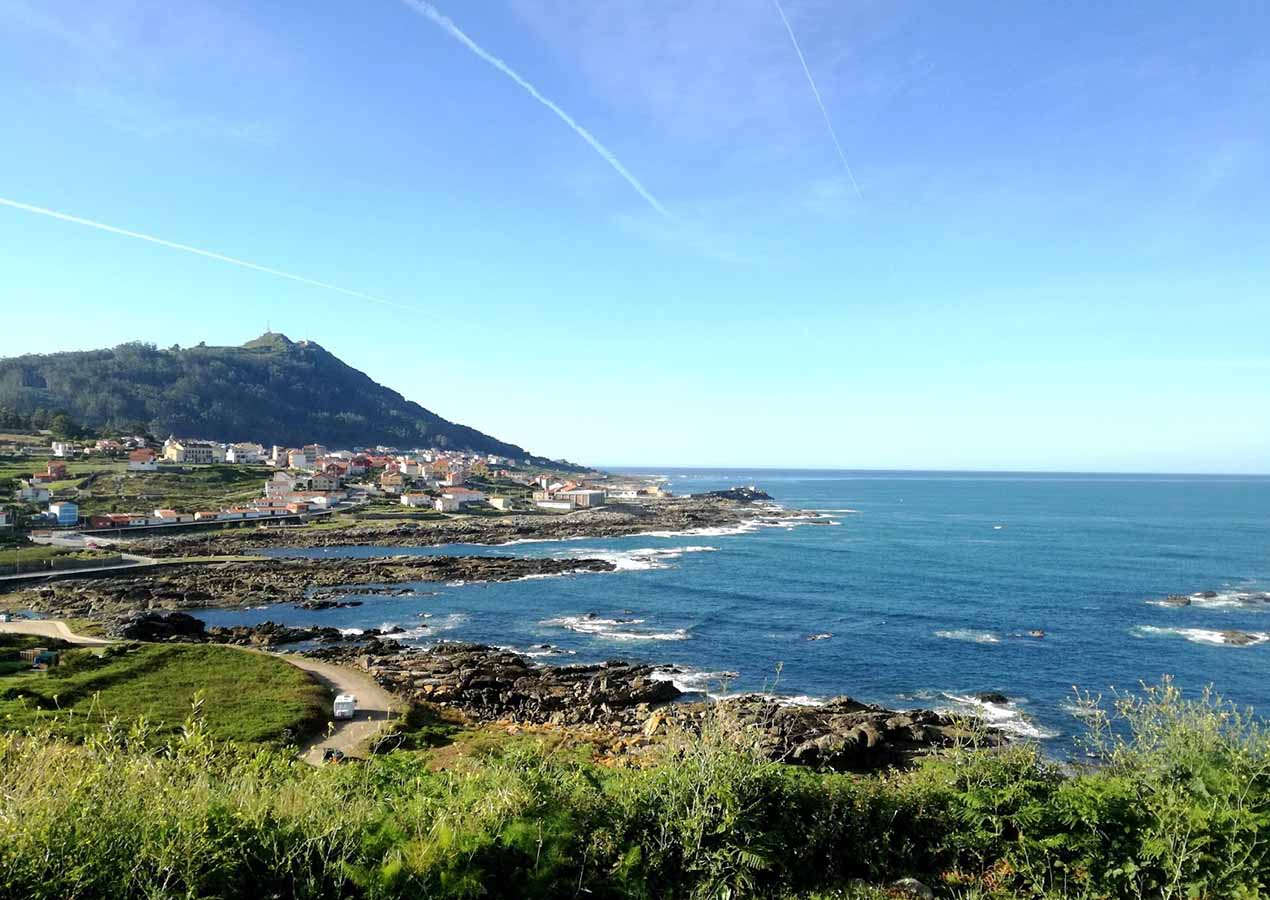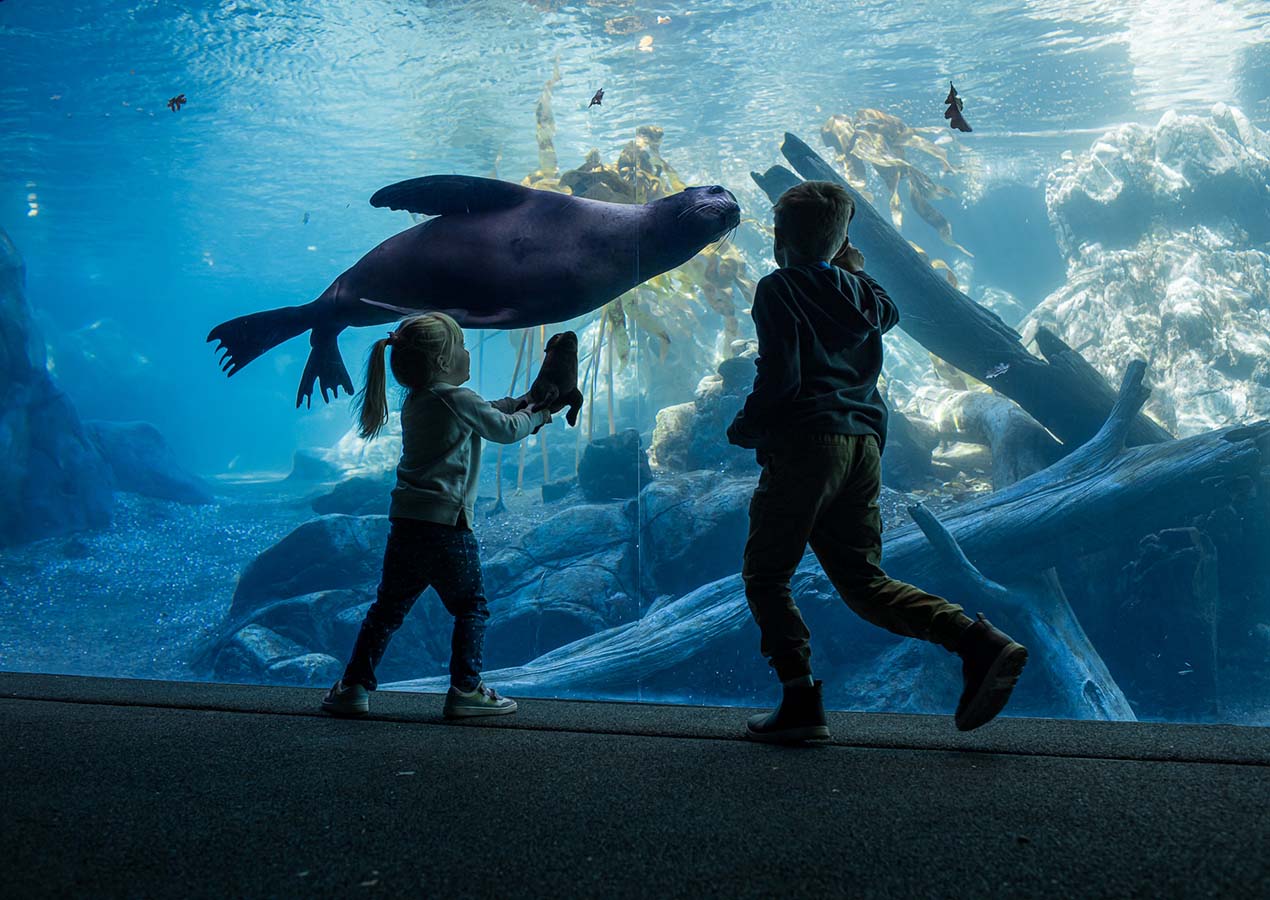Nestled in the verdant heart of Galicia, the city of Pontevedra unfolds like a storybook of ancient cobbled lanes, lush coastal forests, and quiet country roads. Upon arriving, the first breath of cool Atlantic air, tinged with the scent of eucalyptus and salt, immediately suggests that this is a land meant to be explored not just seen. Whether traveling by foot, steering through winding backroads, or cycling along riverbanks and stone bridges, Pontevedra offers a rich tapestry of experiences that rewards the curious and the patient.
1. Walking the Stone-Paved Tapestry of the Old Town
The historic core of Pontevedra invites slow exploration. Cars are almost entirely absent from the pedestrian-first city center, one of the most walkable in all of Spain. Beginning in Praza da Ferrería, the main square, the ambiance is unmistakably Galician—stone colonnades, medieval facades softened by ivy, and a rhythm of life that moves at the pace of footsteps. Each street opens to another plaza, each plaza reveals a different epoch, from Romanesque chapels to Baroque mansions.
The Basilica of Santa María la Mayor rises in grey splendor, its gothic intricacies demanding attention. Inside, the faint light filtering through stained glass casts jeweled patterns on worn stone floors. A few steps away, the Church of the Pilgrim Virgin reveals itself with its unique scallop-shaped floor plan—a nod to the Camino de Santiago pilgrims who pass through Pontevedra on their way westward.
Time moves slowly here. Locals chat in shaded arcades, children chase pigeons in the square, and cafe terraces overflow with conversations and clinking glasses. The best discoveries come unplanned: a tiny bookshop tucked into a medieval doorway, a wrought-iron balcony above a hidden courtyard, a mural brightening a narrow alleyway.
Walking becomes not just a means of movement but a method of immersion.
2. Forest Paths and Coastal Trails: Hiking Beyond the City
Beyond the old town, the forested hills and estuarine coast of the Rías Baixas open into a network of trails, each leading to a new encounter with Galicia’s natural soul.
The Senda del Lérez follows the river northward. Beginning at the Puente del Burgo, this shaded path offers an easy but captivating hike along the Río Lérez. Willows and alders fringe the water, which reflects the changing sky in its mirror-like surface. Every so often, a small footbridge crosses the stream, inviting pauses to watch fish glide in the shallows or birds dart through the underbrush. The murmur of flowing water becomes the background to the rhythmic crunch of footfall.
Climbing higher into the forested parks around Monte da Fracha and Monte do Castro, pine needles carpet the earth, and eucalyptus trees tower overhead, releasing their crisp, camphorous fragrance. Wayfinding signs, though subtle, reliably mark the trails. Occasional clearings offer panoramic views over the city and the estuary beyond. From these heights, the scale of Pontevedra’s natural setting becomes clear: a mosaic of hills, rivers, sea inlets, and stone villages folded into a landscape that has remained unchanged in spirit for centuries.
Westward, along the coast, the Ría de Pontevedra trail links beach to bluff, leading to views where the sky and Atlantic collide. At golden hour, the sea reflects copper light, and the distant Cíes Islands seem to hover on the horizon like a forgotten dream.
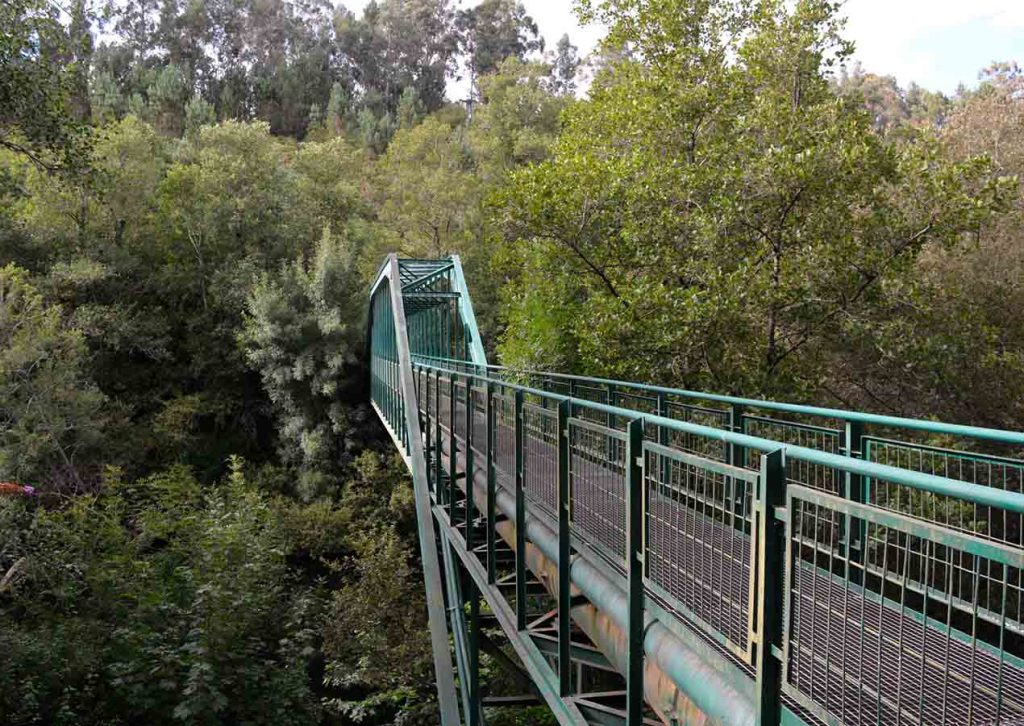
3. The Joy of the Wheel: Cycling Through Town and Countryside
Cycling in and around Pontevedra presents its own rhythm—faster than walking, more connected than driving. The city’s comprehensive network of bike lanes allows for confident exploration. Renting a bicycle from one of the many shops near the Alameda park, the journey can begin in the heart of the city and stretch outward in any direction.
Through the city center, the cobbled lanes and car-free streets are ideal for slow cycling. Heading south along the Río Lérez toward Marín, the urban edge softens into green banks and parks. A dedicated cycling path runs close to the water, where locals fish, picnic, or lounge under sycamore trees. The river’s voice is soft here, steady and companionable.
From Marín, coastal cycling takes over. Following the curve of the bay, the road snakes past beaches, rocky outcrops, and small harbors filled with bobbing fishing boats. The salty wind carries the scent of the sea and the distant bark of gulls. Stops become frequent: for photographs, for a plunge into crystalline water, for a café con leche in a seaside bar where locals speak a lilting Galician dialect.
To the east, more ambitious riders can ascend into the hills toward the vineyards of the Salnés Valley. Here, the landscape changes—orderly rows of albariño vines, dry-stone walls, and sleepy hamlets marked by ancient granaries called hórreos. The roads are narrow and winding, with occasional hairpin turns revealing sweeping views of the valley below.
Cycling becomes a dialogue with the terrain—every rise and descent met with breath, muscle, and delight.
4. A Drive Through Time: Exploring the Rías Baixas by Car
While walking and cycling uncover the textures of Pontevedra, a car unlocks its wider geography. Setting off from the city, each direction promises different encounters: with history, with landscapes, with the traditions that root Galicia in place.
To the north, the drive toward Combarro is short but immersive. Winding along the Ría de Pontevedra, the road passes forests and rocky cliffs before descending into one of Galicia’s most charming fishing villages. In Combarro, the old town is laced with narrow lanes flanked by stone houses, their balconies thick with flowerpots. Along the seafront, a line of hórreos stand like sentinels on the edge of the tide—granaries that have watched over these shores for centuries.
Further inland, the roads lead to monasteries and Roman bridges, through sleepy stone towns where life continues much as it has for generations. The Monastery of Poio, once a refuge for pilgrims, rises in a blend of Romanesque and Renaissance lines. Inside, silence reigns, punctuated only by the echo of footsteps on flagstones and the quiet flicker of votive candles.
Driving through the vineyards of the Rías Baixas wine region reveals a landscape cultivated with care. Small bodegas welcome visitors, offering tours and tastings of the region’s famed albariño wines. Behind each glass is a story of microclimates, family legacies, and the particular marriage of Atlantic weather and granite soil.
South of Pontevedra, the coastal route toward O Grove and A Lanzada opens onto wild, windswept beaches and dunes. The Atlantic is never far from view, constantly shifting in color and mood.
5. Markets and Moments: Encountering Everyday Life
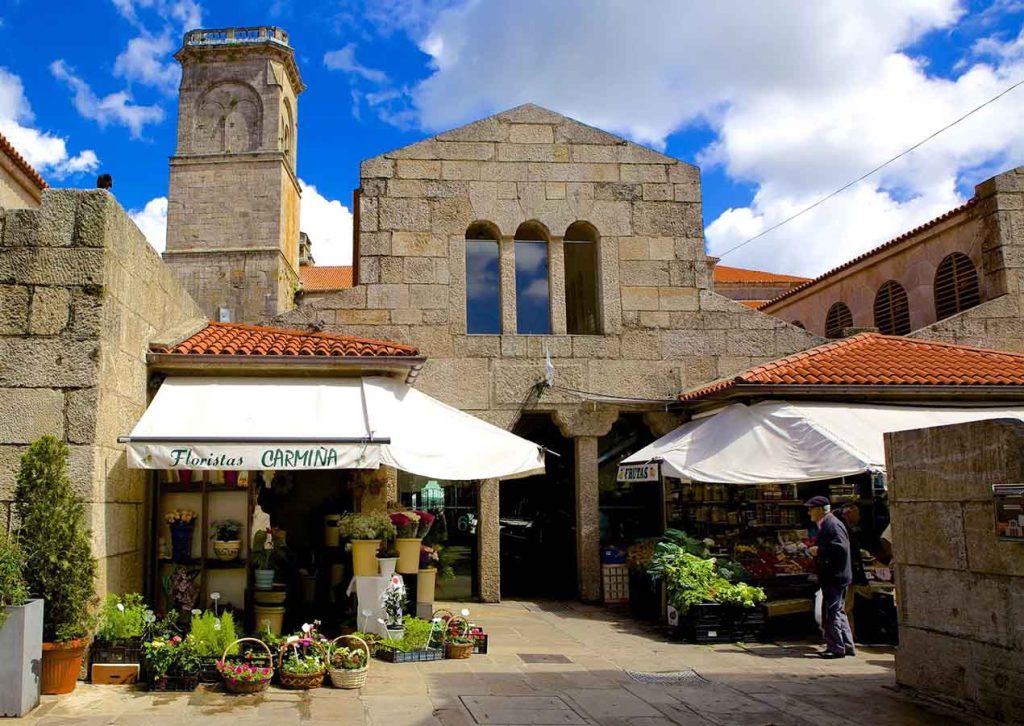
Exploring Pontevedra is not just about places but about moments—the sensory details that root memory in place.
At the Mercado de Abastos, vendors call out prices in sing-song tones, displaying an astonishing array of seafood: octopus still glistening, razor clams nestled in seaweed, mussels stacked in neat pyramids. The air smells of brine and citrus. Nearby, bakers arrange crusty loaves of pan de millo, its cornmeal base giving it a golden hue and rustic texture. Cheeses, cured meats, olives—each stall a curated slice of Galician culinary identity.
Stopping at a café near the market, the morning ritual unfolds. A short espresso, a slice of tarta de Santiago dusted with powdered sugar, and the low murmur of conversation. Locals linger over their newspapers, children dart between tables, and the day begins at a pace that invites observation rather than haste.
In the evening, the plazas come alive again. Tapas bars glow with warm light, and the aroma of grilled seafood floats on the air. The soundscape shifts: laughter, music, the clink of glasses. Choosing a terrace seat, a plate of pulpo á feira is served—tender octopus over boiled potatoes, drizzled with olive oil and paprika. Each bite speaks of the sea, of tradition, of home.
6. Bridges, Pilgrims, and Quiet Discoveries
The Camino Portugués winds through Pontevedra, carrying with it centuries of stories. Pilgrims, both devout and adventurous, pass through the city daily, their scallop shells clinking, their steps purposeful. The stone bridge of Burgo, crossing the Lérez, has borne their weight for over a thousand years. Standing upon it, the water gliding below, the sense of continuity is palpable.
Off the main routes, small hermitages lie hidden in groves, and waymarkers etched with scallop symbols guide the attentive eye. Not all discoveries are grand. Some are as subtle as a carved lintel above a farmhouse door, a weathered sundial, a shrine half-swallowed by ivy.
7. Weather and Seasons: The Sky as a Companion
In Pontevedra, the sky is never merely background. It participates—sometimes moody, with clouds rolling in from the sea like pages of an unwritten story; sometimes radiant, the sun lighting every stone and leaf with gold. Rain does not deter exploration. It heightens it, adding a sheen to the cobblestones, a perfume to the earth.
In spring, cherry trees blossom along the riverbanks. In summer, the beaches beckon, and the forest trails offer refuge from the heat. Autumn brings a tapestry of color to the hills, and in winter, mists curl through the valleys, softening the landscape into watercolor.
8. The Rhythm of Exploration
Traveling through Pontevedra on foot, by bike, and by car offers a layered understanding of its character. Each mode of movement reveals different facets—some grand, others intimate. Whether tracing ancient paths through oak forests, pedaling past quiet beaches, or steering through vineyard-covered hills, the experience is immersive, varied, and deeply resonant.
